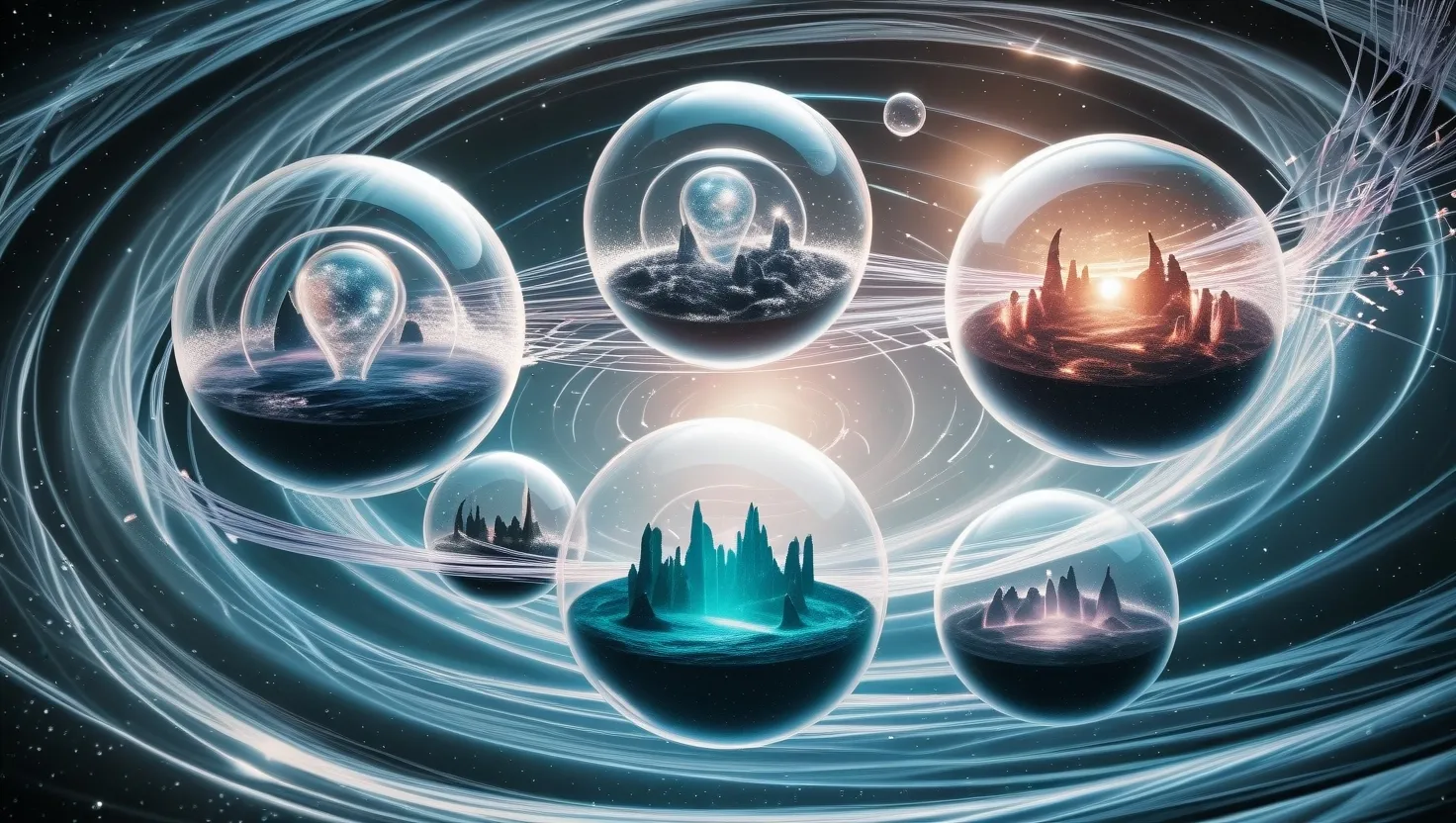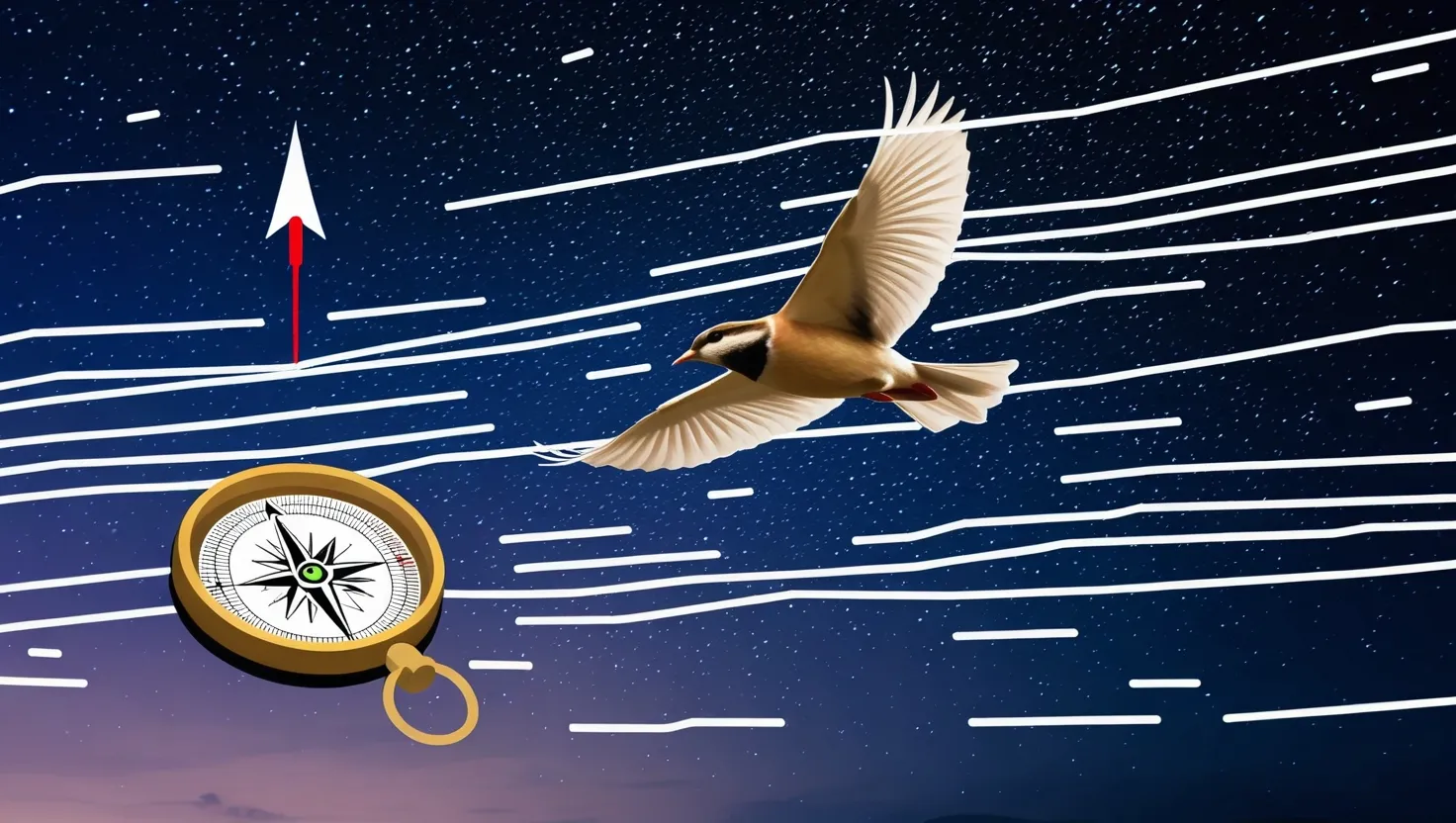When we lay our heads to rest and drift into the realm of dreams, we often find ourselves in worlds that are both familiar and strange. These nighttime visions can be so vivid and real that they leave us wondering: are they just the product of our brains processing the day’s events, or could they be something more? A fascinating theory has emerged, suggesting that our dreams might be more than just neural replays; they could be windows into alternate realities, tapping into the mysterious realm of quantum fields.
This idea, though it may sound like the stuff of science fiction, is rooted in some intriguing scientific concepts. Quantum mechanics, the branch of physics that deals with the behavior of particles at the atomic and subatomic level, introduces us to phenomena like superposition and entanglement. In superposition, a particle can exist in multiple states simultaneously, and entanglement allows particles to be connected in such a way that the state of one particle can instantly affect the state of another, regardless of the distance between them.
Some researchers propose that when we sleep, our minds might be accessing these quantum fields, allowing us to experience snippets of life in parallel universes. This concept is linked to the Many-Worlds Interpretation of quantum mechanics, which suggests that every time a quantum event occurs, the universe splits into multiple parallel universes, each with a different outcome. If our dreams are indeed tapping into these parallel universes, it could explain why some dreams feel so real and why we sometimes experience recurring dreams that seem to play out like parallel lives.
Imagine waking up from a dream where you lived an entirely different life – one where you made different choices, had different relationships, and experienced different outcomes. This could be more than just your brain’s creative way of processing information; it could be a glimpse into a reality where those choices were actually made. The vividness and realism of such dreams can be startling, making it hard to shake off the feeling that you’ve truly lived through those moments.
The connection between dreams and quantum fields is also explored through the concept of wave function collapse in quantum mechanics. According to the Copenhagen interpretation, the act of measurement causes the wave function to collapse from a superposition of states to a single definite state. Some scientists argue that this process could be analogous to the way our consciousness interacts with the quantum world during dreams. When we dream, our consciousness might be influencing the wave function, allowing us to experience different states or realities.
Another aspect of this theory involves the idea of quantum-assisted dream analysis. By leveraging principles like superposition and entanglement, researchers are exploring how quantum computing could help analyze and interpret dreams. This approach suggests that dreams are not just random firings of the brain but contain hidden patterns and meanings that can be uncovered using quantum principles.
The idea that our dreams could be glimpses into alternate realities also raises profound questions about the nature of consciousness and free will. If our dreams are indeed windows into parallel universes, do we have control over our actions in those universes, or are they predetermined by the course of events in those realities? This question has sparked intense debates among philosophers and scientists, with some arguing that even if our dreams reflect alternate realities, our consciousness and free will could still be real within the context of our own universe.
Consider the phenomenon of lucid dreaming, where the dreamer is aware they are dreaming and can sometimes control the narrative. Could this be a form of navigating between different realities, where the dreamer’s consciousness is not just passive but actively engaging with the quantum fields? Lucid dreamers often report experiences that feel incredibly real, further blurring the line between what is a dream and what is reality.
The search for evidence to support this theory is ongoing, with scientists using various methods to analyze dreams and their potential connection to quantum phenomena. For instance, some researchers are using machine learning algorithms to identify patterns in dream content that could indicate interactions with parallel universes. While this is still a speculative area of research, the possibilities it opens up are both exciting and unsettling.
Imagine if every night, as we sleep, we are secretly dimension hoppers, exploring lives and realities that we never knew existed. This idea challenges our traditional understanding of reality and consciousness, suggesting that our minds are capable of far more than we currently understand.
In conclusion, the notion that our dreams might be windows into alternate realities is a mind-bending concept that combines the mysteries of quantum mechanics with the enigma of human consciousness. While it remains a theory, it invites us to reconsider the nature of our dreams and the vast, unexplored frontiers of the human mind. As we continue to explore this nocturnal enigma, we may uncover secrets that not only explain the vividness of our dreams but also reveal the true extent of our connection to the multiverse. So the next time you wake up from a dream that feels eerily real, you might wonder: was that just a dream, or was it a glimpse into a life unlived?






